
When you can’t leave the house as much as you might like to, it’s tough to remain motivated and active. But for kids, it’s really important to stay stimulated. It might seem overwhelming but if you have a list of engaging activities for your children to try, the days will fly by.
Encouraging children to learn new skills, try new activities and think of others can be fun, and there’s so much you can do at home.
1. Connecting with other people
Conversation
It is important to stay in touch, although it’s really challenging in the current circumstances. While it may be counterintuitive to encourage more screen time, managed digital connectivity using video apps can be really useful.
Why not ask your children to make a list of people to contact every few days? It could include cousins, grandparents or friends. But make sure they have meaningful conversations by including specific questions or activities.
• Ask them how they are
• Share what you’ve been learning
• Draw them pictures
• Write them poems
• Send them photos

If you’d like your child to practise their handwriting skills, why not go old-school and encourage them to write their friends and family letters that can be posted on your daily walk?
Games
Why not learn a new card or board game or get better at one you already play? This is an excellent way to interact and focus.
Here are our top 5 board games for the family.
i) Sushi Go!
ii) Dobble
iii) Rhino Hero
iv) King of Tokyo
v) Hey, That’s My Fish
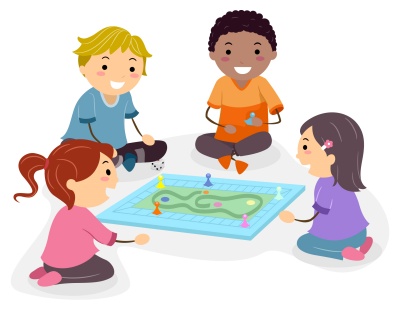
Board games not your thing? Why not try making up your own games to keep your children busy and help them to learn.
Travel the World
We may not be able to leave the house, but we can find out about people in other countries and visit the world from home. Simply choose a new country to visit, virtually, every day and learn the things that are special about the new places you go to.
• What animals live there?
• What is special about the place and its people?
• What do they eat?
• Which continent is it?
• Identify its location on a map
• What is its climate like?
• Draw their flag
• What other interesting facts did you learn?
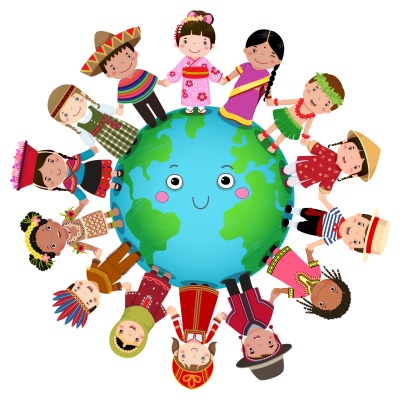
2. Be physically active
Being active is not only great for your physical health and fitness it’s good for feeling mentally well too.
Try these indoor active games to get everyone active.
Yoga
You can do a yoga workout on YouTube at home, learn a new yoga pose each day, or master a more challenging pose depending on your yoga skills!
Here are our top 5 kids Yoga channels.
i) Cosmic Kids Yoga
ii) Yoga for Kids with Alissa Kepas
iii) Story Hive Yoga for Kids
iv) Play in the Park Yoga for Kids
v) Yoga for Beginners Kids
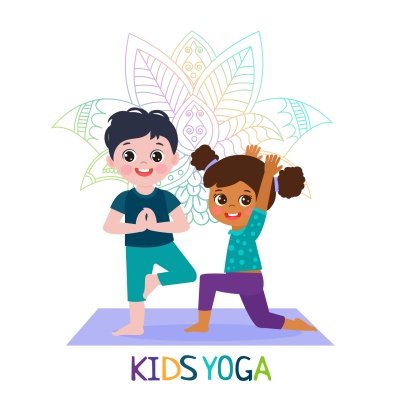
Dance
Why not learn a new dance in these super active classes?
i) MihranTV (Hip Hop Dance Tutorial AGES 4+)
ii) Kidz Bop TV (UK Dance Break)
iii) Les Mills BORN TO MOVE (The Robot Dance)
iv) SamCam (Moana Dance Class)
v) Indoor Recess (Zoomba Dance Party)
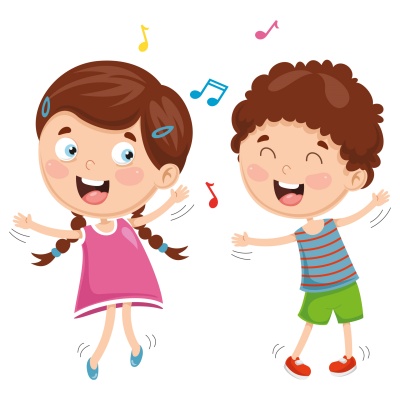
3. Take notice
There is so much to pay attention to all around us, all the time. No matter where you live, even in the centre of a town, you can hear birds singing, see trees in bloom and even check out bugs like spiders and bumblebees.
So, look up or out of the window and take notice of all the beautiful and wonderful things everywhere.
Why not become a nature geek!
Trees
Learn a new British tree every day; or spot a tree you like and identify it.
The Woodland Trust have wonderful printable tree ID guides. Take them outside and use them in your garden, park or local wood. You will begin to identify leaves, twigs, blossom and fruits.

Birds
It’s cool to be a bird-nerd. There is nothing like being able to spot or hear a bird you recognise or to learn a new one you don’t know. They all have such different characters.
It’s easy to make a bird feeder to hang outside your window. Then, watch, listen & identify!
We love this CBeebies guide to making bird feeders follow the instructions carefully and you’re sure to have feathered friends flocking to your garden very soon.
Use this amazing RSPB bird identifier to help you out.
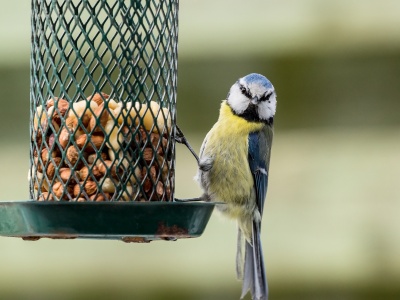
The Sky
Take some time each day to watch the sky in the day and at night. What do you see?
The Clouds
When you look at the sky in the day, watch the clouds. Can you spot different patterns? Draw a picture of the clouds or imagine that you can see pictures in the different shapes.
This Met Office video will help you!

The Moon
Learn about the moon and its different phases. Make some time to have a look for it each night. Maybe draw a picture of what you see.
This National Geographic website is designed just for kids.
The Stars
See if you can spot stars you recognise and give them names. Older children can try to spot different constellations.
This wonderful NASA website should help inspire children.
4. Give to others
This is a tricky one with any social distancing, but we can still give people our time without being physically close to them.
Research suggests that children have a deeply rooted instinct to share and to help others, from the time they’re very young. One study even found that toddlers enjoy giving to others more than they like getting treats for themselves. Kids, it seems, have a strong, natural drive to be kind and generous.
So why not ask your children to share some of the things they’ve made? Being careful to follow the rules on social distancing.
i) I’m sure an elderly neighbour might like to receive a piece of cake.
ii) If you share some of your bird feeders with your neighbours, even more birds will come to your garden.
iii) Why not give your friends some of the things you’ve grown in your garden?
iv) Giving doesn’t just need to be physical things. Why not give some time for a conversation with people what may be a little lonely.
v) Why not share some of the pictures you’ve made by email?
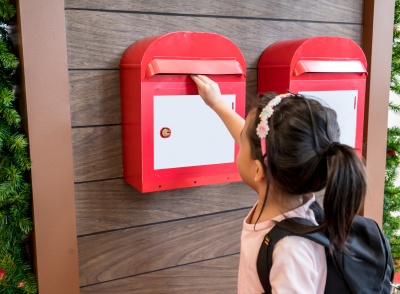
5. Keep learning
Children may not be at school, but they can still learn the topics they would have been covering in the classroom. And they can learn new skills that will help them in everyday life.
English
Have you heard about the English teacher taking the internet by storm? MC GRAMMAR has been using rap and rhyme to teach children aged six to 11 about the English language.
Watch his fun and inspiring videos here.

(Image source: The Teacher Train)
Maths and Phonics
Numberblocks (maths) and Alphablocks (phonics) support the way children learn at school. CBeebies have developed a series of programs and quizzes based on both Numberblocks and Alphablocks that are truly fun to watch and use.
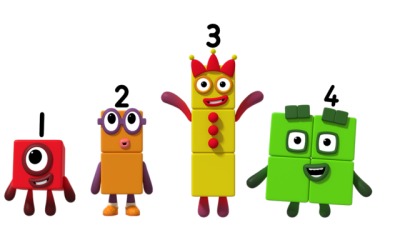
(Image source: BBC Bitesize)
Cooking
Cooking is fun and enjoyable, as well as being a relaxing activity to enjoy together. And don’t forget it uses maths, communication and science skills.
There are lots of healthy meal recipes and snack ideas you can create together. You could even challenge yourself with a new, delicious recipe.
BBC Good Food has some excellent recipes for kids to help with. They even highlight grown up and kid’s tasks in each recipe.
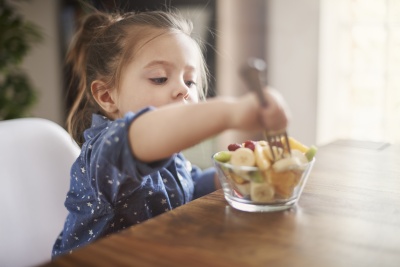
Growing
Like cooking, getting into the garden is a great way to chill out. Being outside, we can connect to nature, hang out with birds and spot new bugs and plants.
Why not set up a veggie patch in your garden or grow some plants inside on a windowsill?
Plant some seeds, watch them grow, check on them every day. Write notes or take a picture to keep track of how things are doing.
The Royal Horticultural Society has plenty of planting ideas for kids for every season.
Experiment!
Turn your kitchen into a lab to see science in action! There are loads of experiments that will amaze you and your kids, many using the things you’ll already have in your cupboards.
Thoughtco have pulled together some excellent resources, including video tutorials, that will keep your kids entertained for weeks.
You can create rainbows, volcanos, slime, clouds and hot ice without even leaving your kitchen.
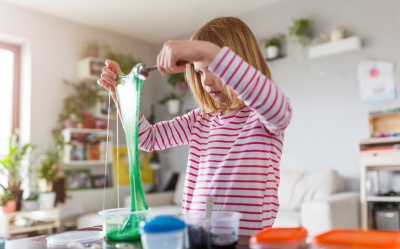
Learn another language
There’s never been a better time to learn a new language.
According to a study by the MIT in the United States, the best time to learn a new language with native-speaker proficiency is by the age of 10. Children under 10 can more easily absorb information and excel in the new language.
CBeebies have again made learning fun with The Lingo Show.

(Image source: CBeebies)
Reading
Read, read, read!
Here’s a list of out current favourite books for kids aged 5 to 8. You’ll have a great time reading them with your loved ones.
i) Slime by David Walliams
ii) The Twits by Roald Dahl
iii) Dog Man by Dav Pilkey
iv) Isadora Moon Goes on Holiday by Harriet Muncaster
v) The Puffin Book of Stories for Five-Year-Olds by Wendy Cooling

 Click here
Click here